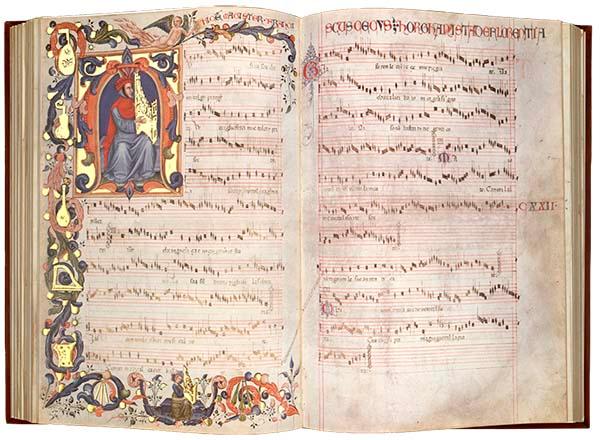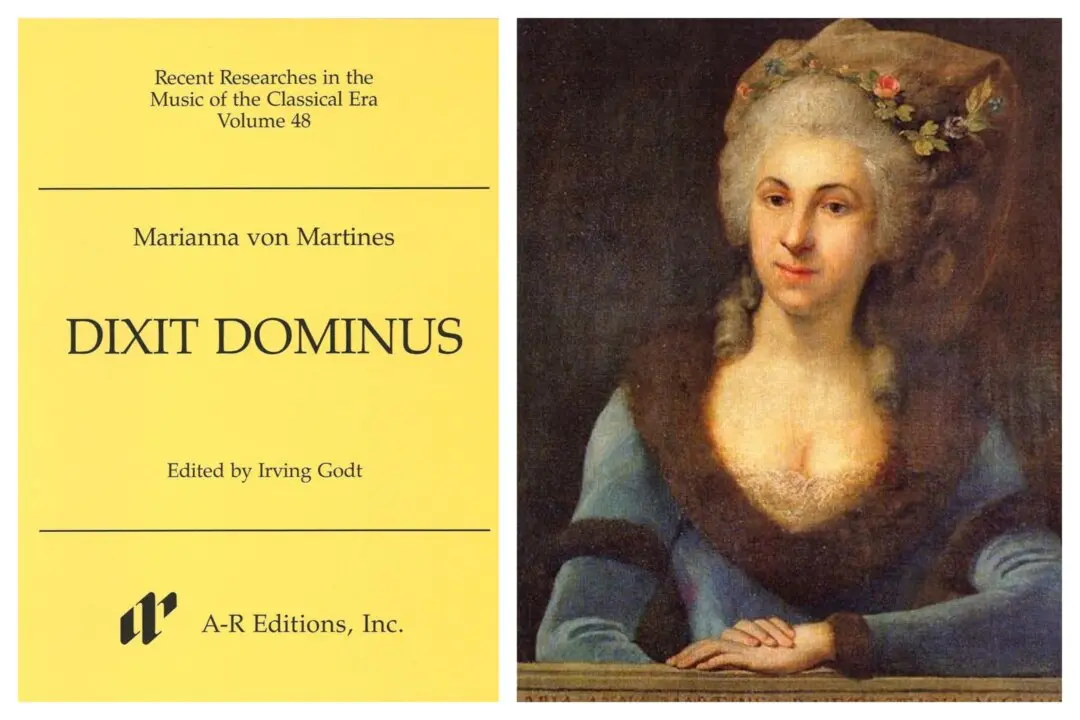Francesco Landini, the greatest Italian composer of the 14th century, was immensely popular in his day. The King of Cyprus crowned him the poet laureate of Venice, even though he was Florentine. This fact is reflected in one of the names that he is known by, Francesco da Firenze (the Italian name for Florence). He was also called Francesco il Cieco (Francesco the Blind), a condition that resulted from catching smallpox as a child.
One can view Landini’s likeness today, carved into the slate of his tomb at the Basilica of San Lorenzo, where he worked as choirmaster for three decades. His hollow eyes exemplify a contemporary’s observation that he was physically blind “but illuminated in his soul.” As he stared at a point beyond mortal sight, his fingers plied the keys of the instrument that gave him one of his other names: Francesco degli Organi (Francesco of the Organs).





